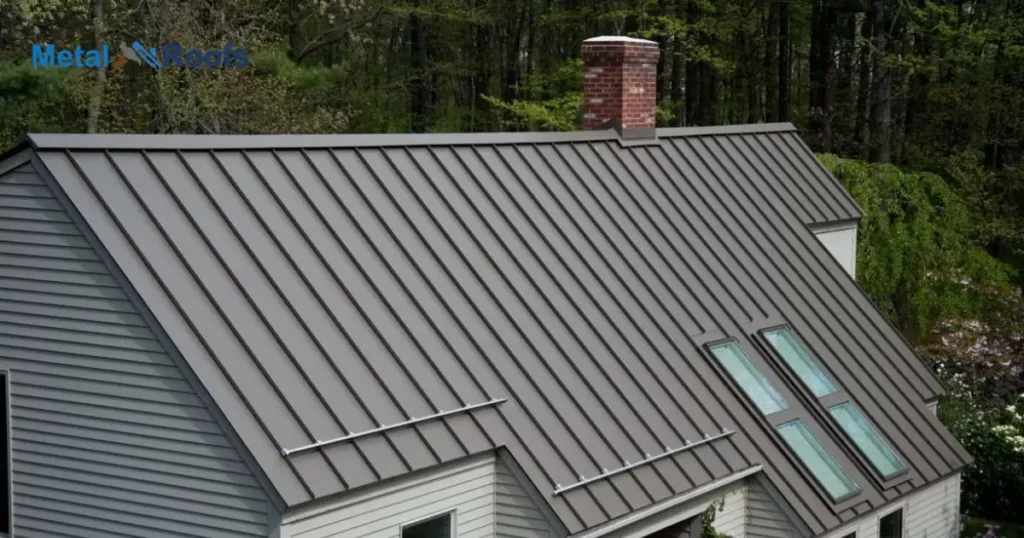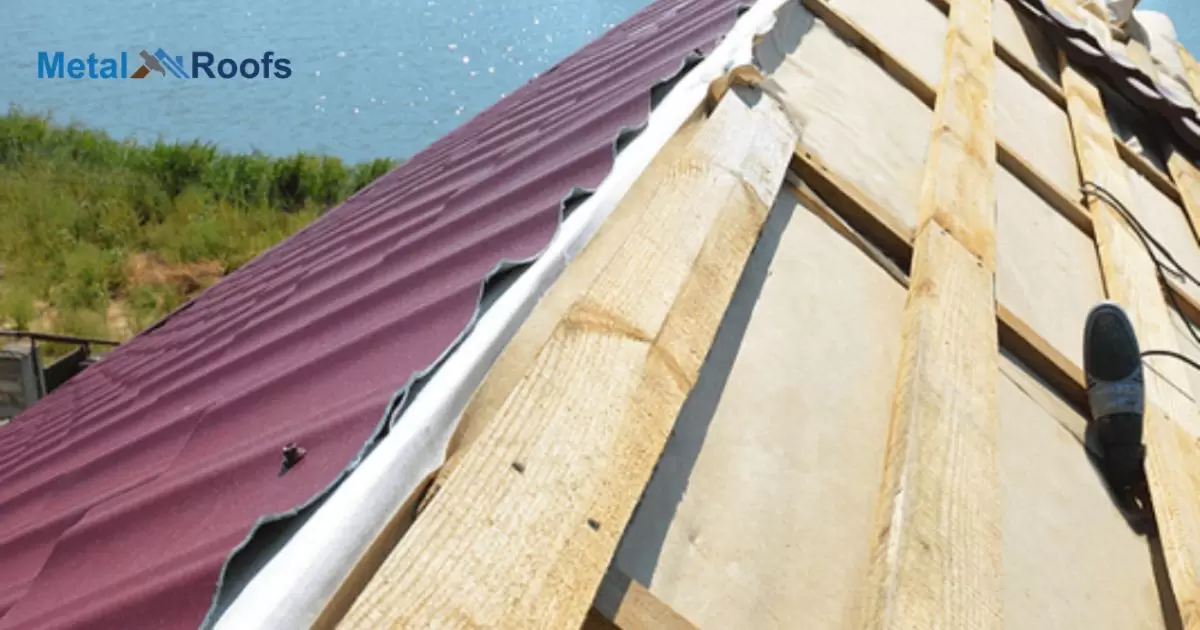A moisture barrier under a metal roof stops water from seeping into your home. It’s like an umbrella for your house, keeping it dry and cozy. Without it, rain could leak through and cause damage. So, it’s essential for a sturdy and secure roof.
Worried about rain sneaking into your home? A moisture barrier under metal roofs is your solution. It keeps your house dry and safe, like an invisible shield. Don’t let leaks ruin your day secure your roof with a moisture barrier today!
Protecting your home from moisture is crucial, especially under metal roofs. A moisture barrier ensures that rain stays outside where it belongs. By creating a watertight seal, it prevents leaks and water damage. Keep your home dry and cozy with a reliable moisture barrier under metal roofs.
Key Takeaways
- A moisture barrier under a metal roof is crucial in keeping your home safe from leaks and water infiltration.
- By providing a protective layer between the roof and the interior, it forms a barrier that prevents moisture from penetrating your home.
- Installing a moisture barrier extends the lifespan of your roof by protecting it from rust, corrosion, and other forms of deterioration caused by moisture.
Purpose of a Moisture Barrier Under Metal Roofing
A moisture barrier under metal roofing serves a crucial purpose: to keep water out. It acts as a shield, preventing rain from seeping into your home. Without it, leaks and water damage can occur, leading to costly repairs.
The moisture barrier promotes the durability of your roof, ensuring that it guards against rust, corrosion, and other forms of deterioration caused by moisture. With a properly installed barrier, you can enjoy a longer-lasting roof and a safer living environment, especially when paired with the longest-lasting asphalt shingle.
Moisture Barrier Protect Metal Roofing

A moisture barrier under metal roofing serves a crucial purpose: to keep water out. It acts as a protective shield, preventing leaks and moisture from seeping into your home. Without it, rain could wreak havoc, causing damage and discomfort.
By creating a watertight seal, this barrier ensures the durability and longevity of your roof. It guards against rust, corrosion, and other forms of deterioration caused by moisture, maintaining the integrity of your home’s structure.
Proper Installation of a Moisture Barrier Essential for Metal Roofing
Ensuring the proper installation of a moisture barrier is crucial for metal roofing. It forms a protective shield against water leaks, safeguarding your home from potential damage. Without it, moisture could seep in, leading to costly repairs and inconvenience.
Properly installing the moisture barrier creates a watertight seal, keeping your home dry and comfortable. This process involves meticulous placement and sealing to prevent any gaps or vulnerabilities. By investing in the correct installation, you enhance the durability and longevity of your metal roof, providing peace of mind for years to come.
Different Types of Barriers for Metal Roofing
| Barrier Type | Description |
| Vapor Retarder | Prevents moisture vapor from passing through the roof, maintaining a dry interior environment. |
| Self-Adhering Membrane | Features a sticky backing for easy application, creating a seamless barrier against water intrusion. |
| Synthetic Underlayment | Made from synthetic materials, offers durability and resistance to tearing and punctures. |
| Peel-and-Stick Barrier | Requires no additional adhesive, simply peel off the backing and apply for quick installation. |
| Bituminous Barrier | Composed of asphalt or bitumen, provides excellent waterproofing properties for added protection. |
Benefits of Using a High-Quality Barrier with Metal Roofing
Using a high-quality barrier with metal roofing enhances protection against moisture. It’s like adding an extra layer of armor to your roof, ensuring superior defense. By investing in quality, you safeguard your home from potential water damage.
A high-quality barrier extends the lifespan of your metal roof. It acts as a shield, warding off corrosion and rust for years to come. With durability and longevity ensured you’ll save on maintenance and replacement costs in the long run. Invest in quality today for a sturdy and resilient roofing solution.
Peel And Stick Underlayment For Metal Roof
Adding a peel and stick underlayment enhances the protection of your metal roof. It’s like adding an extra layer of defense against leaks and moisture intrusion. With its easy application process, it ensures a secure and reliable seal.
Peel and stick underlayment is a cost-effective solution for safeguarding your home. Its self-adhesive nature simplifies the installation process, saving you time and effort. By creating a tight seal, it prevents water from seeping through gaps and causing damage.
Moisture Barrier Under Metal Roof Cost

The price varies based on factors like the size of your roof and the materials used. Generally, expect to invest a few hundred to a couple thousand dollars.
While it’s an upfront expense, it’s a worthwhile investment in protecting your home from water damage. The cost of not having a moisture barrier could be far greater in the long run. Leaks and water damage can lead to costly repairs and replacements down the line.
Frequently Asked Questions
What can I put under my metal roof to stop condensation?
To prevent condensation under a metal roof, use insulation and ensure proper ventilation in the space below. This combination helps regulate temperature and moisture levels.
What kind of barrier do you put under a metal roof?
You typically use a moisture barrier, such as a synthetic underlayment or a specialized roofing membrane, to protect against water infiltration and condensation under a metal roof.
Does a metal ceiling need a vapor barrier?
Yes, a vapor barrier is typically recommended for a metal ceiling to prevent condensation and moisture buildup.
Conclusion
The importance of a moisture barrier under a metal roof is crucial. It protects your home from costly water damage and ensures longevity. While the initial cost may seem daunting, it’s a worthwhile investment. The expense of not having one can be far greater in the long run.
By taking proactive steps such as installing insulation, and vapor barriers, and ensuring proper ventilation, you can prevent condensation buildup. These measures create a comfortable and durable living environment.











